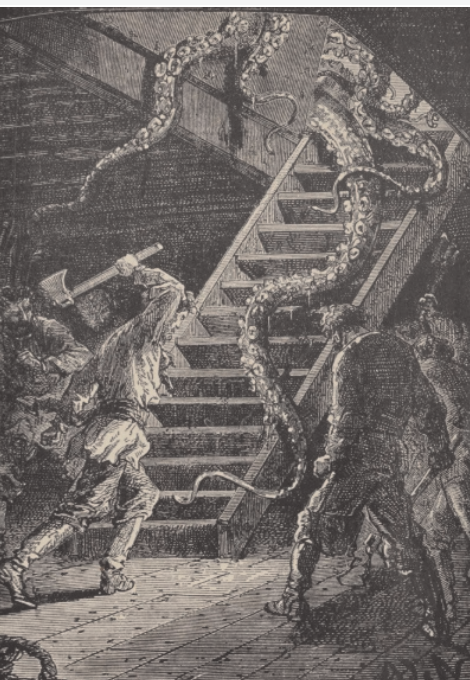The Guthrie theater of Minneapolis features a production of A Christmas Carol for the 50th consecutive year. A timeless classic originally penned as a novel by Charles Dickens in 1843, the play is a moving tribute to the power of generosity and kindness (Time). Though it is a wonderful play, it is interesting how it came to be such an extensive tradition at the Guthrie. I knew it was time to use my spy knowledge and investigate.
How did A Christmas Carol become entrenched in the twin cities? “It’s sort of a [Minnesota] tradition,” wrote Rob Dunkelberger for The Stages of Minnesota. The first production at the Guthrie took place in the 1972 season, adapted and directed by David Feldshuh and David Ball (Guthrie theater). Feldshuh, who is now a professor at Cornell University, described the play as “a tradition that [is] an annual financial lifeline” for the theater. Perhaps that is what has helped the play to stay afloat for so long. It can be challenging to turn a profit with live theater anywhere, and despite the bustling arts community in Minneapolis and St. Paul, the cities and their theaters cannot compare in size to somewhere like Broadway in New York. Regional theater needs funding to keep performing, and the Guthrie has received a return on their investment due to the popularity of A Christmas Carol. “I really enjoy this amazing story in any form,” commented Ray Davin, ‘28, which is a sentiment shared by many who enjoy the movie iterations and are drawn to see it live at the Guthrie.
The argument that the Guthrie needs A Christmas Carol to fund other shows, while rooted in truth, is a cynical guess as to why it is popular. Perhaps, instead, it has remained on the Guthrie stage since the 1970s because of its unique approach to a heartwarming story. Since its inception, the production has been a living work that has changed and grown. Beginning in 2021, Carol has been running a different adaptation written by Lavina Jadhwani, which reflects how the play has been able to develop over its time at the Guthrie, per the Star Tribune. The play itself is a wonderful story as well, of a selfish and greedy man, Ebenezer Scrooge, who has an awakening on Christmas Eve and becomes a changed and generous man. Ben Carney, ‘26, appreciated the message of generosity because “people need to do it more, and it’s something that everyone could improve on.” Davin agreed, adding that “empathy for others, even people who you don’t like” is an important value to hold onto. This compelling production’s positive message is only heightened by the efforts of the artistic team at the Guthrie to keep it relevant for audiences today. The theater’s long-standing tradition of A Christmas Carol has carried on because of the joyful message it provides around the holidays, as well as because of the willingness of the artists who create it every year to adapt and continue its relevance.
A Christmas Carol begins its run on November 9 and ends on December 29.

























